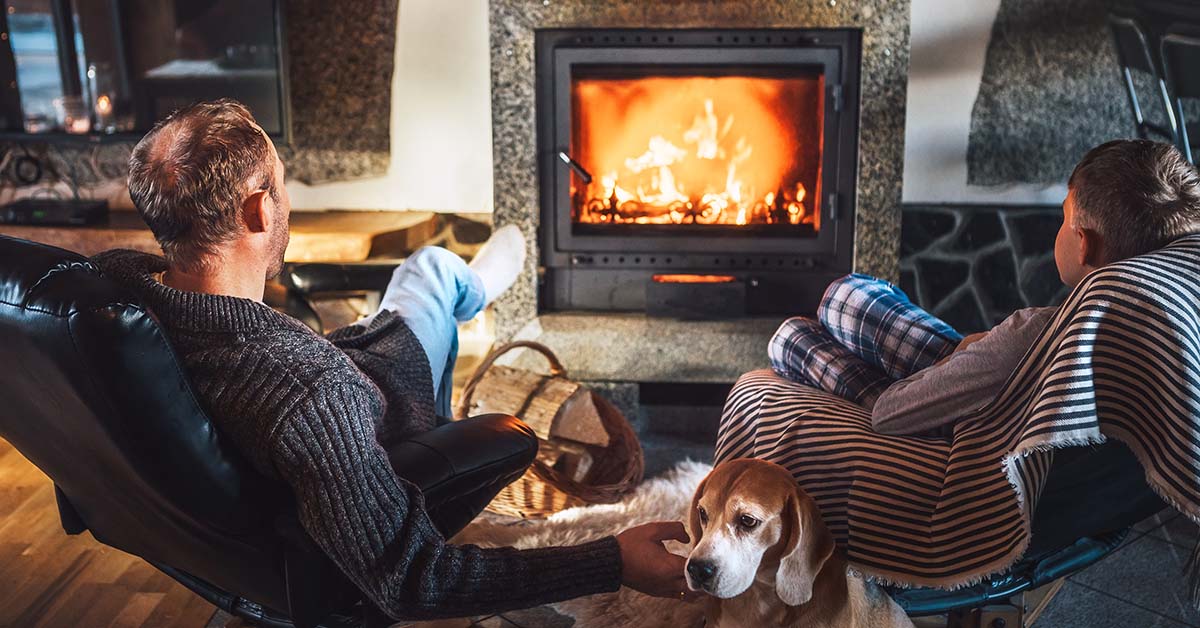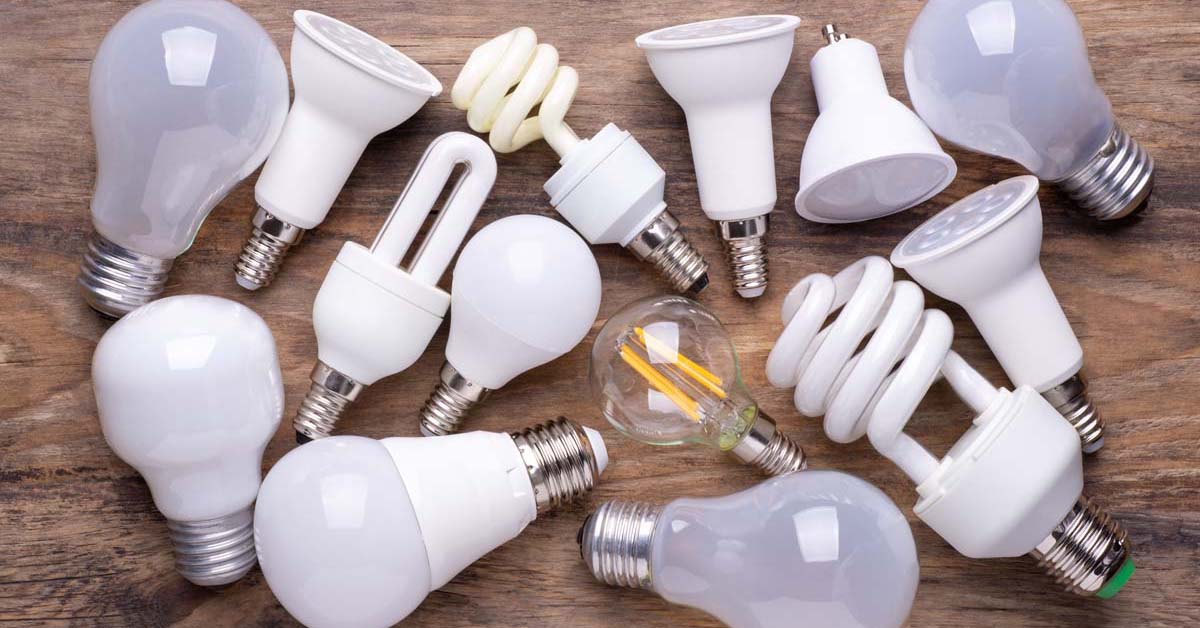Saving on Utility Bills
You’ve just received your utility bills in the mail. If you steel yourself before looking at them, drop the bills in horror and announce that the whole family will now join you in digging a well and building a fireplace, you’re on your way to saving on your utility bills. Before you get out the shovels, however, know that there is another way. Here are a few simple ideas for cutting utility bills without feeling it.
- Every drip counts. Is your home leak-free? Find out by reading your water meter before and after a two-hour period when no water is being used. If the meter does not read exactly the same, there is a leak somewhere. If your faucet drips at a steady 100 drops per minute, that’s 330 gallons of water in a month, or nearly 4,000 gallons wasted per year.
- Repair drips in your faucets by replacing washers. Once your faucets aren’t leaking, make sure to turn them off completely and immediately after each use.
- Another leak culprit is the toilet tank. Check for leaks by adding three drops of food coloring to the tank. If color appears in the bowl within 30 minutes, there’s a leak. If you use this test, remember to flush right away to avoid stains. Replacement parts for toilet tanks are fairly inexpensive.
- Cut down on water used for laundry by folding clothing or hanging it up when you get undressed, instead of automatically throwing it down the laundry chute. If it’s not dirty, it doesn’t need to be washed. If you change out of your good clothes when you come home, you’ll avoid getting them dirty. If your laundry machine comes with settings for different size loads, make sure to set them. Otherwise, combine loads so you can operate the machine fully loaded. That goes for dishwashers as well.
- Cut down on dryer usage. If you have a backyard or a porch, get yourself a clothesline and some clothespins and start utilizing those sunny days for laundry drying. If you feel too self-conscious, you can hang up your clothes in the garage or laundry room, though they will take longer to dry. Not only will you save money, but your clothing will wrinkle less.
Common sense
A lot of electricity-saving is just common sense. Turn off the lights in rooms you are leaving. Provide small lamps on desks and tables, so you don’t have to illuminate a whole room to be able to work. Use compact fluorescent light bulbs for light fixtures that will be in use for two hours or longer, because they use up to 75% less electricity and also last about 10 times longer than incandescent light bulbs.
You don’t have to deal with extreme temperatures to save on your cooling and heating bills either. Just lowering the thermostat one degree in the winter can save you up to 3% on your heating bill, while raising the thermostat one degree in the summer reduces your cooling bill by 2%. As with the dripping faucets, it’s important to insulate your house by installing thermal insulation. Remember that you want to heat or cool your house, not the grand outdoors.
A quick search on the internet will yield many more suggestions. Most of them are not difficult to implement. All these changes might seem small at first, but they really add up. Just check your next utility bill and see the difference.
« Return to "Blog"

What's Heating You? How to Lower Heating Costs
Staying warm when it’s cold outside is essential, and making sure you budget for the costs of heating your home is also important.

Preparing To Buy Your First Home
Ready to get out of the basement and buy your own place?

Gotta Light? How to Lower Your Energy Costs
Thankfully, heating isn't the only utility that has seen advancement and offers multiple ways to save.





